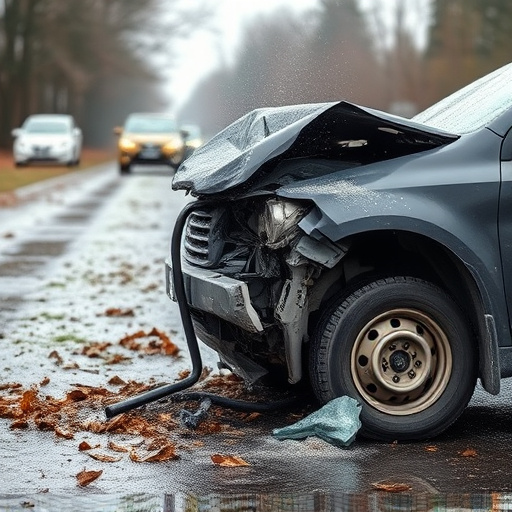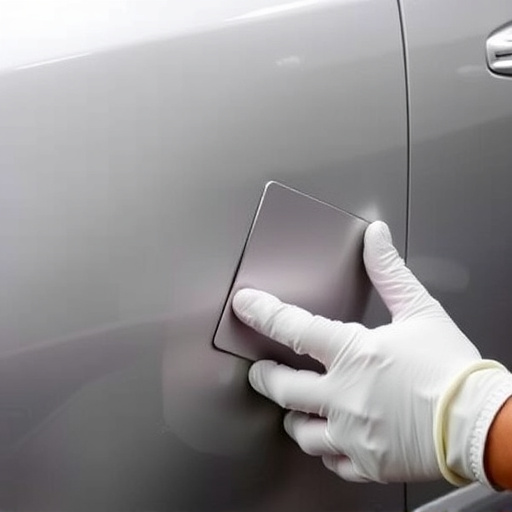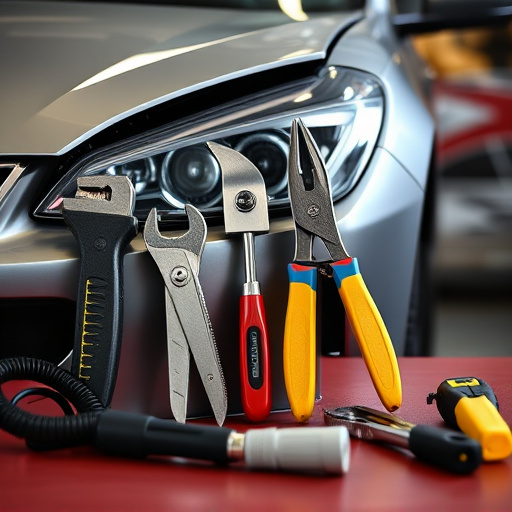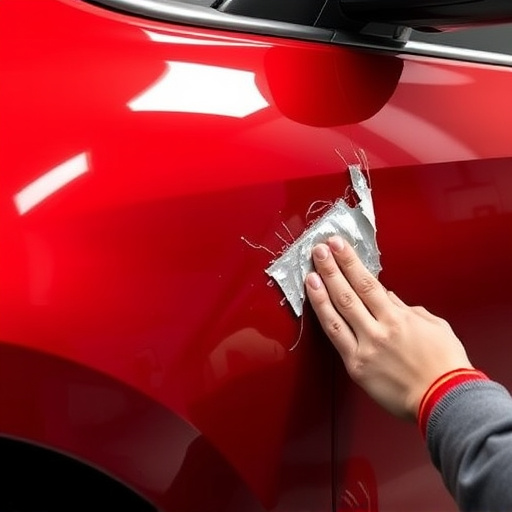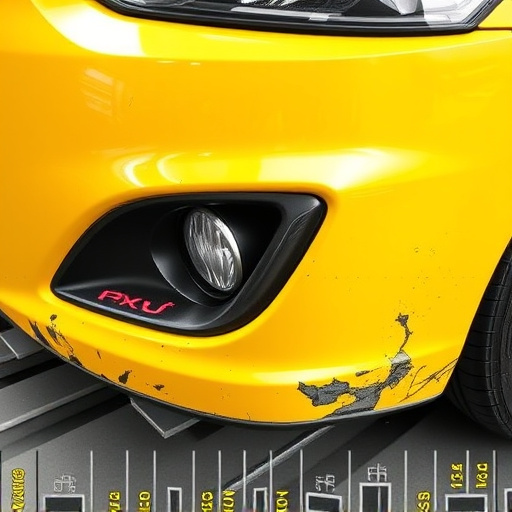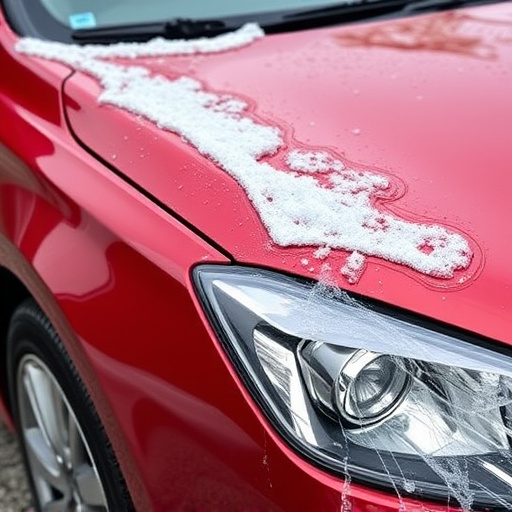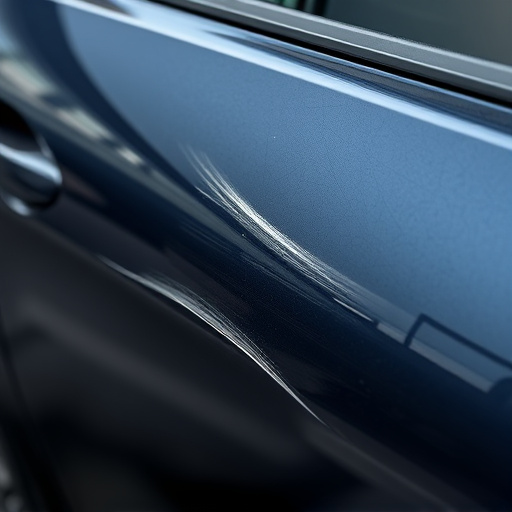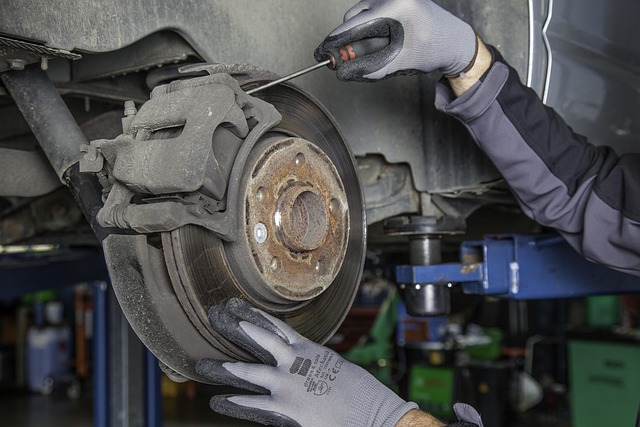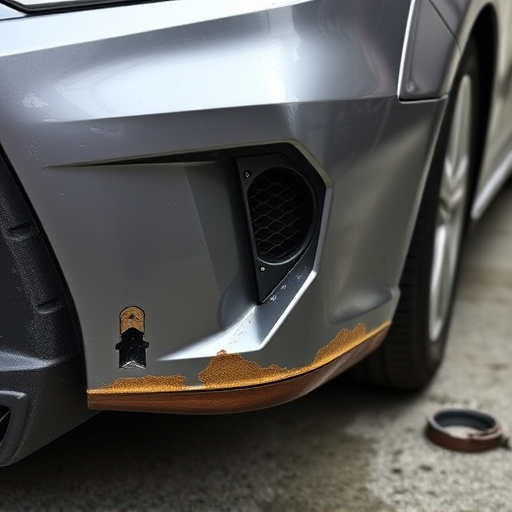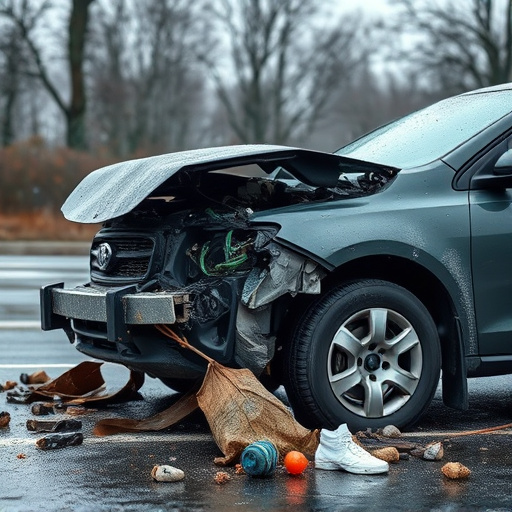Towing to collision centers requires specialized knowledge and careful coordination to secure vehicles safely, prevent further damage, and ensure proper repair. Tow truck drivers and collision centers face legal responsibilities for vehicle handling and storage, necessitating adherence to safety regulations, environmental compliance, and accurate documentation. Best practices include using securing equipment, clear communication, and seamless drop-off processes for efficient auto repair services.
When a vehicle experiences a collision, efficient towing to a collision center is crucial. This article delves into the essential aspects of towing procedures, exploring legal liabilities and best practices to ensure safe and seamless operations. Understanding these factors is vital for both tow truck drivers and facilities, as they navigate the complex landscape of post-accident vehicle transportation. By adhering to established protocols, industry professionals can mitigate risks and provide reliable services during challenging times.
- Understanding Towing Procedures to Collision Centers
- Legal Liabilities for Tow Truck Drivers and Facilities
- Best Practices for Safe and Efficient Towing Operations
Understanding Towing Procedures to Collision Centers
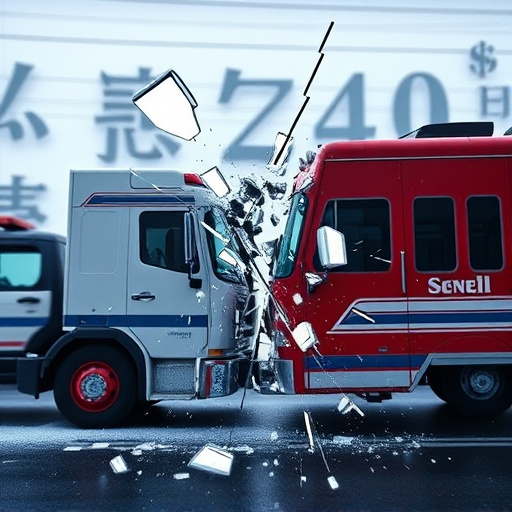
Towing to collision centers is a critical procedure that involves careful coordination and understanding for both towing operators and vehicle owners. It’s essential to comprehend the specific processes and considerations when transporting vehicles, especially those with potential collision damage. The goal is to ensure safe and efficient transit while minimizing risks of further harm or costly repairs, such as hail damage repair or more extensive auto body repairs.
Knowledgeable towing professionals are trained to handle various vehicle types and conditions, including those requiring specialized attention after an accident. They employ meticulous techniques to secure the vehicle for transport, considering factors like wheel placement, strapping methods, and angle of tow to prevent additional collision-related damage during transit. Understanding these procedures is crucial for ensuring proper collision damage repair and maintaining liability protections for all parties involved.
Legal Liabilities for Tow Truck Drivers and Facilities
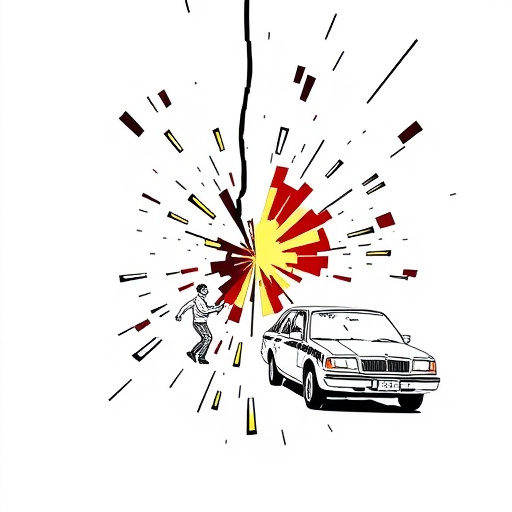
Tow truck drivers and collision center facilities bear significant legal liabilities when handling damaged vehicles, especially during towing to a collision center. Drivers must adhere to strict safety regulations to prevent further damage or accidents while in transit. Negligence on their part, such as improper vehicle securing or unsafe driving practices, can lead to liability for any resulting losses or injuries.
Collision centers also carry responsibility for the care and secure storage of towed vehicles. They must ensure proper handling and protection against additional damage, especially during a fender bender or minor collision. The facility’s liability extends to maintaining a safe environment, securing permits, and adhering to environmental regulations regarding proper disposal of automotive waste from damaged vehicles. Being an auto body repair center also means they are responsible for the quality of their services, ensuring that repairs meet industry standards and don’t compromise the structural integrity of the vehicle. This includes accurately documenting and communicating with both insurance companies and vehicle owners throughout the process, including after an initial towing to collision center.
Best Practices for Safe and Efficient Towing Operations
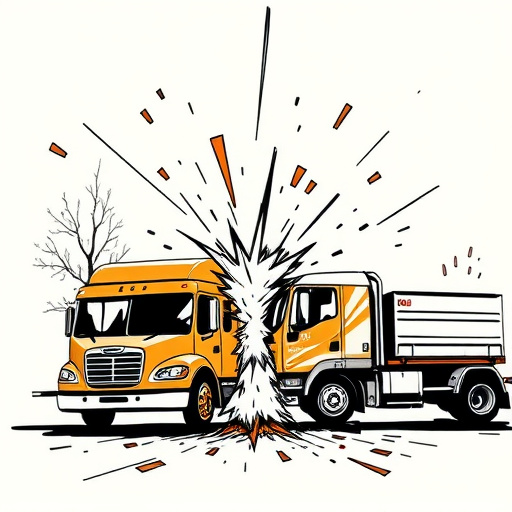
When towing vehicles to a collision center, adhering to best practices ensures safety and efficiency throughout the process. One key practice is proper vehicle securing. Tow truck operators should use appropriate equipment like wheel chocks, strapping, and winches to prevent movement during transport. This minimizes the risk of additional damage or accidents.
Additionally, clear communication between the towing company and the collision center is vital. Providing accurate information about the vehicle’s condition, including any existing repairs or special considerations, enables the center to prepare accordingly. This seamless coordination streamlines the drop-off process, allowing for quicker turnaround times and efficient handling of auto repair services, including auto glass replacement if needed.
Towing a vehicle to a collision center involves a careful balance of efficiency, safety, and legal responsibility. By understanding the proper procedures, recognizing potential liabilities, and adhering to best practices, tow truck drivers and facilities can ensure smooth operations and protect themselves from legal issues. When it comes to towing to collision centers, prioritizing these key aspects is essential for maintaining a professional and responsible service.
